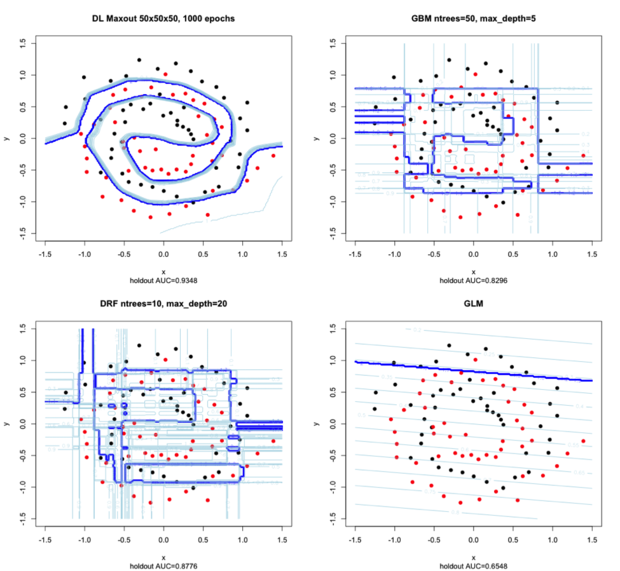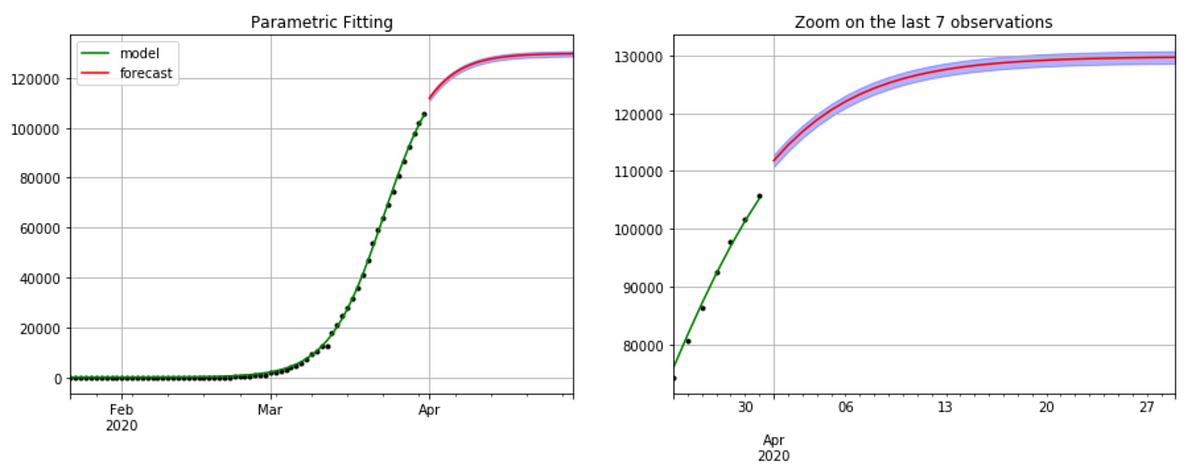

Pearl figured out how to do that using a scheme called Bayesian networks.

Three decades ago, a prime challenge in artificial intelligence research was to program machines to associate a potential cause to a set of observable conditions. In his latest book, “ The Book of Why: The New Science of Cause and Effect,” he argues that artificial intelligence has been handicapped by an incomplete understanding of what intelligence really is. Now he’s one of the field’s sharpest critics. In the 1980s he led efforts that allowed machines to reason probabilistically. Artificial intelligence owes a lot of its smarts to Judea Pearl.


 0 kommentar(er)
0 kommentar(er)
